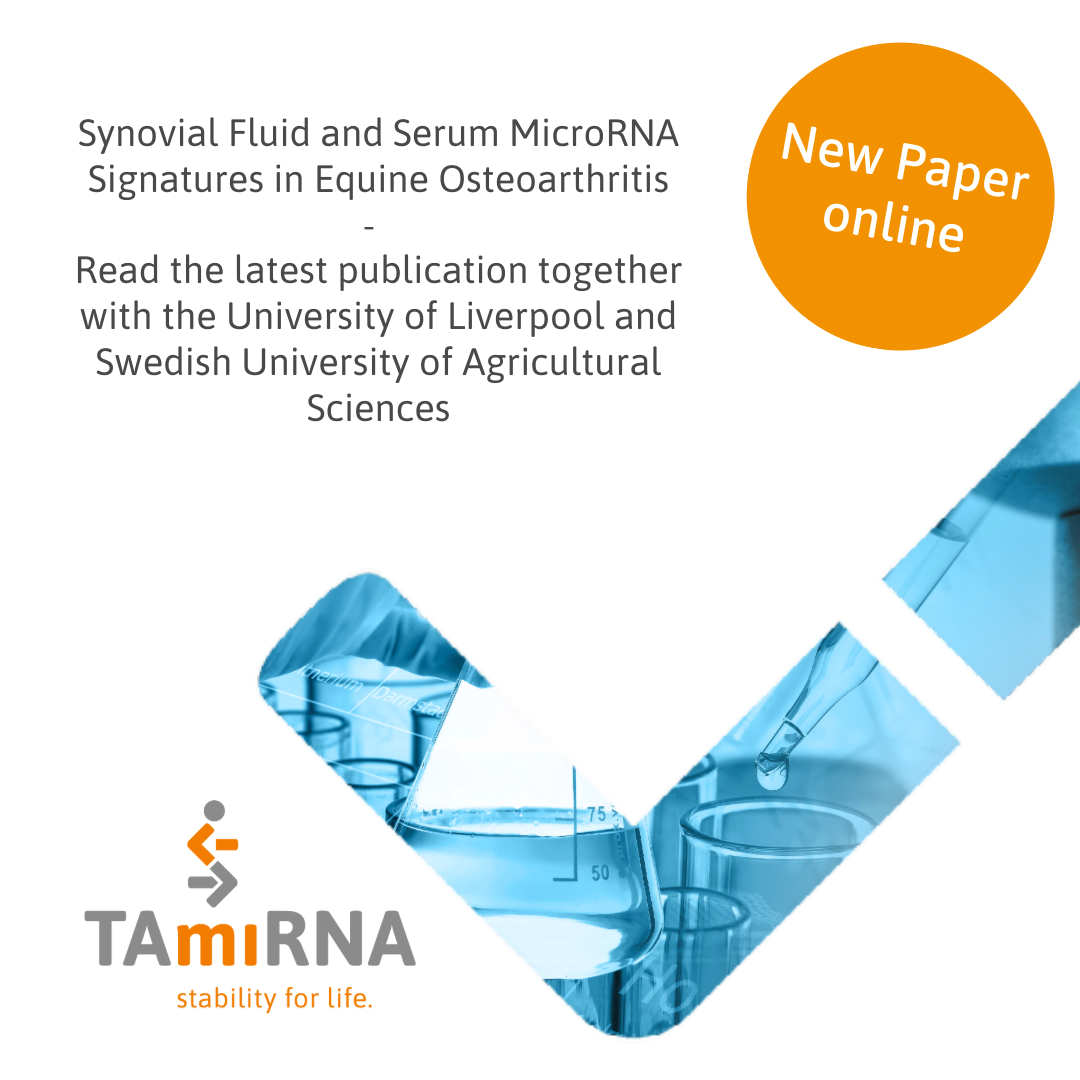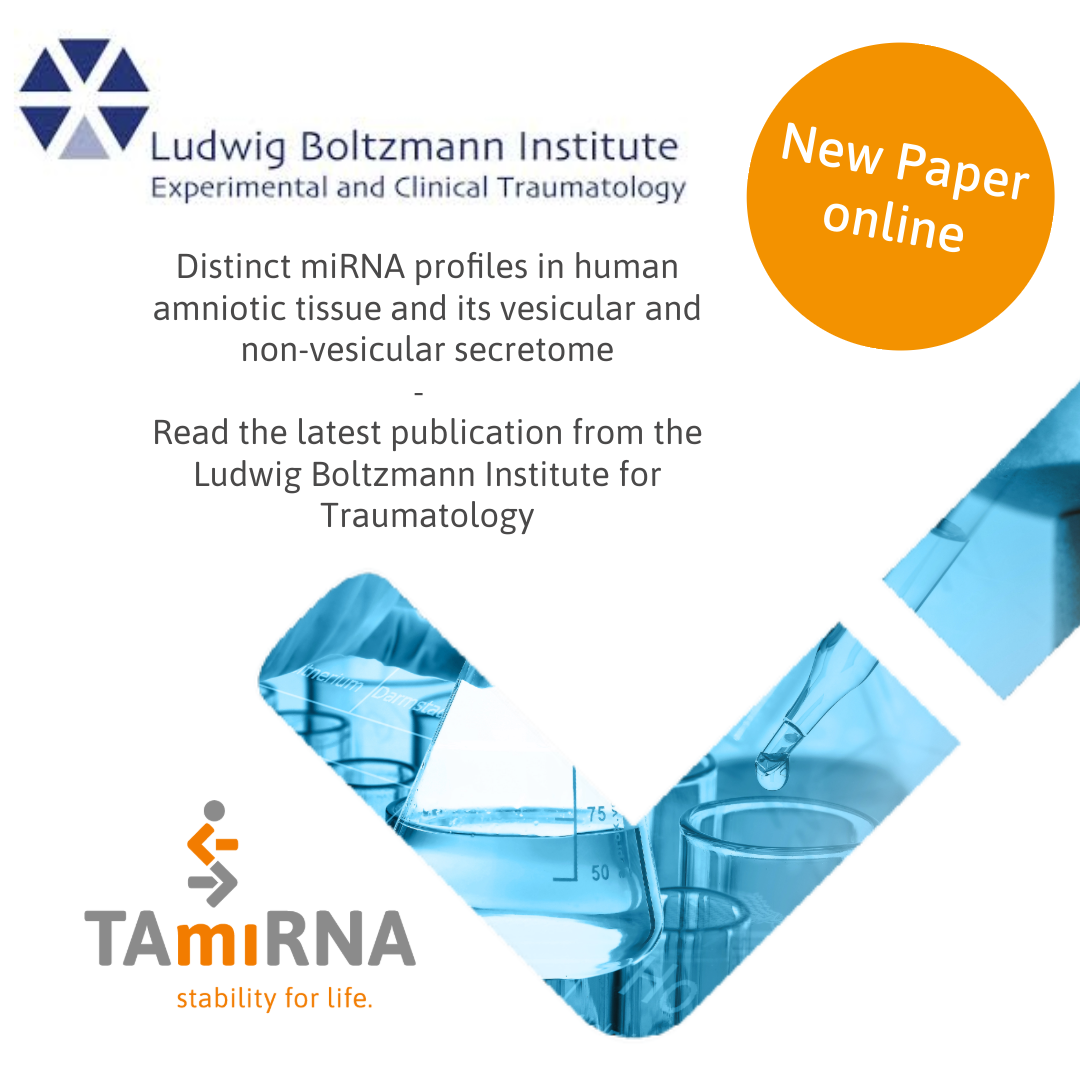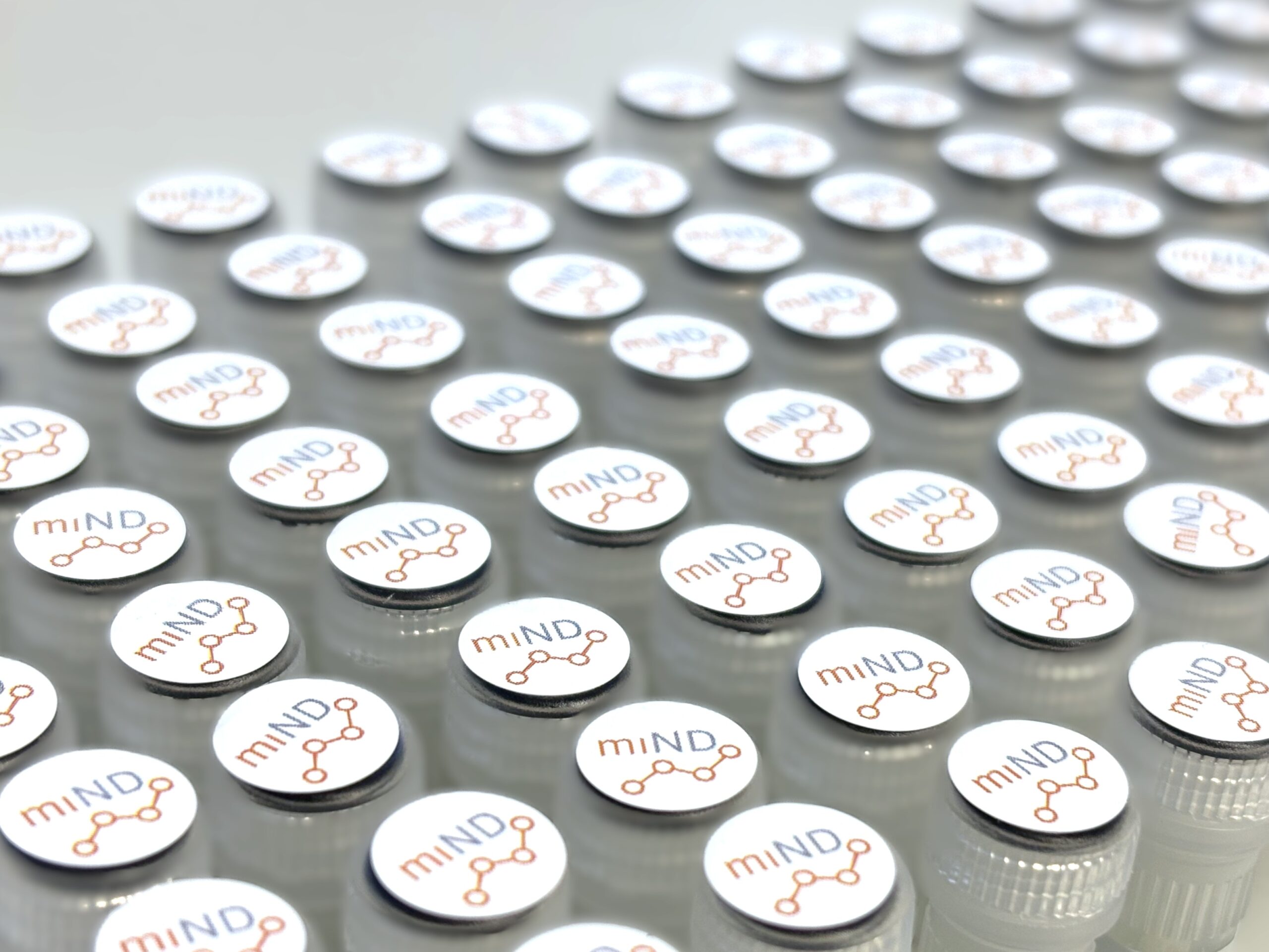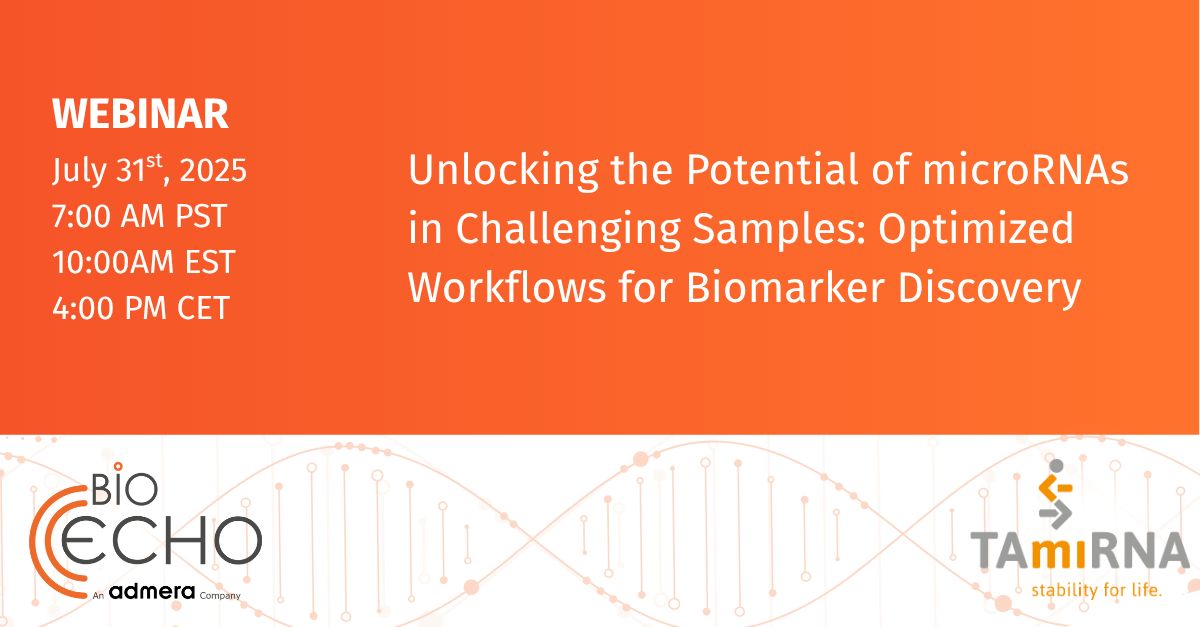Synovial Fluid and Serum microRNA Signatures in Equine Osteoarthritis
New research highlights the potential of circulating miRNAs as biomarkers for joint degeneration A new peer-reviewed study has been published in the International Journal of Molecular Sciences (IJMS): “Synovial Fluid and Serum MicroRNA Signatures in Equine Osteoarthritis.” This work provides important insights into how microRNAs (miRNAs) in serum and synovial fluid reflect the presence of osteoarthritis (OA) in horses. 🎯 Study Aim The researchers sought to identify disease-associated miRNAs that differ between healthy horses and horses with osteoarthritis. Their goal was to uncover molecular signatures that could support the development of novel biomarkers for early detection and monitoring of OA. 🔬 Methods Serum and synovial fluid samples were collected from healthy controls (n = 4) and horses [...]












